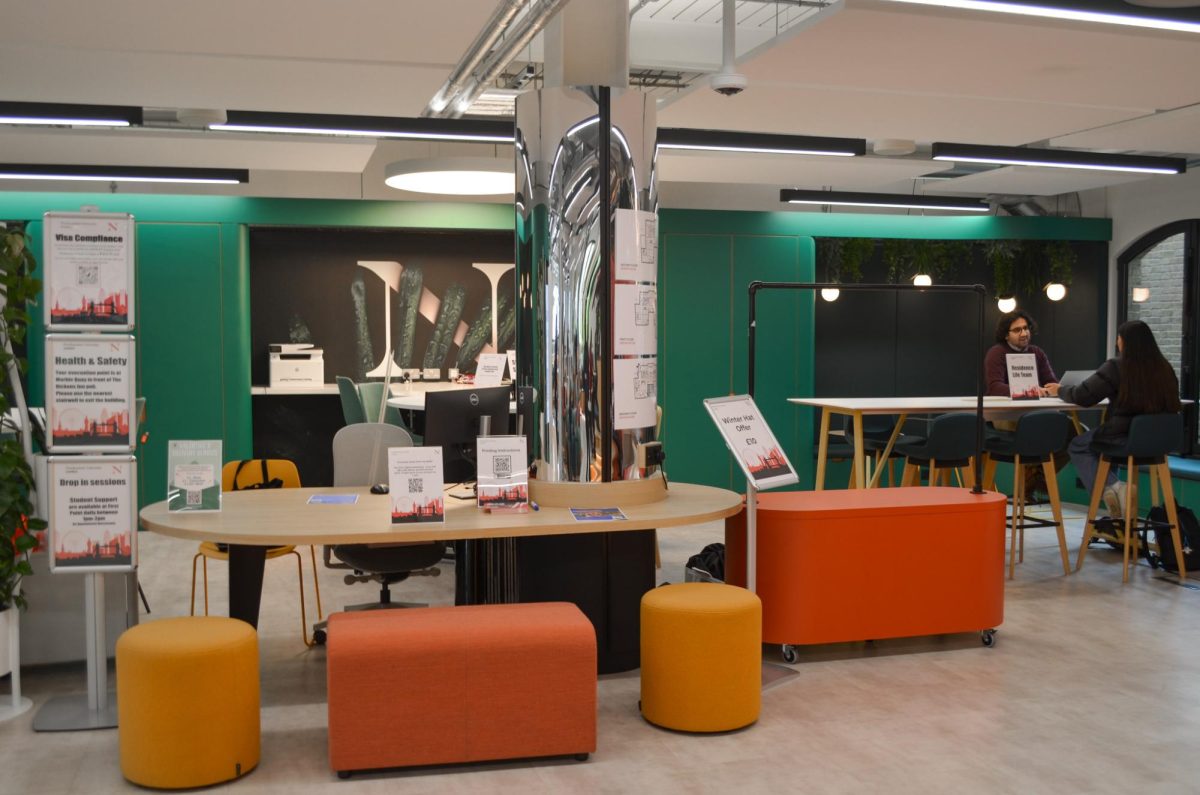By Pat Tarantino
In the eyes of Iraqi-born artist Wafaa Bilal, life is split between comfort zones and conflict zones. For some, he said, those two worlds can never be separated.
After growing up under Saddam Hussein’s regime, where he was arrested as a dissident for criticizing his government through art, Bilal fled from home and family to avoid participating in the 1990 invasion of Kuwait. He spent two years in a chaotic refugee camp in Saudi Arabia, before moving to America to bring the struggle of Iraqi people to the forefront of the country’s conscience.
Bilal made headlines in May 2007 with his exhibit, ‘Domestic Tension,’ for which he spent 31 days in a Chicago art gallery under the constant surveillance of a web cam wired to a paintball gun; anyone could operate the gun by visiting his website. After being shot at more than 60,000 times, Bilal had created an online political sensation, drawing viewers from across the political spectrum to discuss human rights and our ability to inflict pain on others. The Chicago Tribune named him Artist of the Year.
To promote his new paperback, ‘Shoot an Iraqi: Art, Life and Resistance Under the Gun,’ Bilal will speak at the Brookline Booksmith tonight at 7 p.m.
Huntington News: You have used everything from live online performances to video games to express your message. Is that intentional?
Wafaa Bilal: It’s intentional. I’ve done traditional work confined to galleries, but it’s very isolated and doesn’t reach audiences outside of the art [world]. The use of video games and performances online breaks down traditional ways of viewing … [and] democratizes the process.
HN: What do you hope to achieve by taking your art outside of galleries?
WB: A lot of traditional ways of making art work is authoritarian in that the artist imposes value to the art, and imposes that value on to the viewer. What I am doing is creating dynamic encounters meant to engage the audience and make them part of writing the narrative. The story behind the work is more important to me than the object itself. The object is ephemeral.
HN: How has your work been received back in Iraq?
WB: They’re very supportive. Not only because I’m engaging people and raising awareness about Iraq, but because I’ve never left the country behind. Maybe physically, but the issues important to the people there are still important to me and even though I now live in a comfort zone, I never leave the conflict zone behind. For a person like me who belongs to these two zones at the same time, it’s my task to engage people in a dialogue and I think that is why dynamic encounters are so important.
HN: While your work is centered on Iraq, it seems as though your message can be transferred to any conflict. Do people living in other conflict zones relate to your work?
WB: I hear a lot from people living in similar situations to Iraq. It was intended for Iraq, but I got e-mails and calls from kids in the south side of Chicago saying, ‘Thank you for doing this. This is what we feel on a daily basis.’ They’re in their own homes or on the street and see people being shot and killed. It amazes me how even though we consider this a safe zone, there are pockets in our inner cities where it feels like a war zone and people can associate and identify with people living in an actual war zone.








